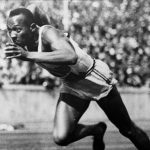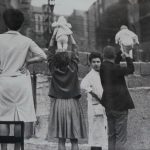The aftermath of World War II left countless families torn apart, with many fathers imprisoned in Soviet labor camps for years.
Among the heartbreaking stories, one image captured the world’s attention: a tearful reunion between a German prisoner of war and his daughter. This was the first time she had seen her father since she was just 1 year old.
This photo has become a powerful symbol of reconciliation and the emotional scars of war. Let’s explore the story behind this photograph.
The making of the photo

This iconic photo was taken by Helmuth Pirath, a German photographer working for the Deutsche Presse-Agentur.
Pirath’s lens captured a moment of deep emotion: Karl Wawrzinek reuniting with his 12-year-old daughter, Roswitha, after 11 years of separation.
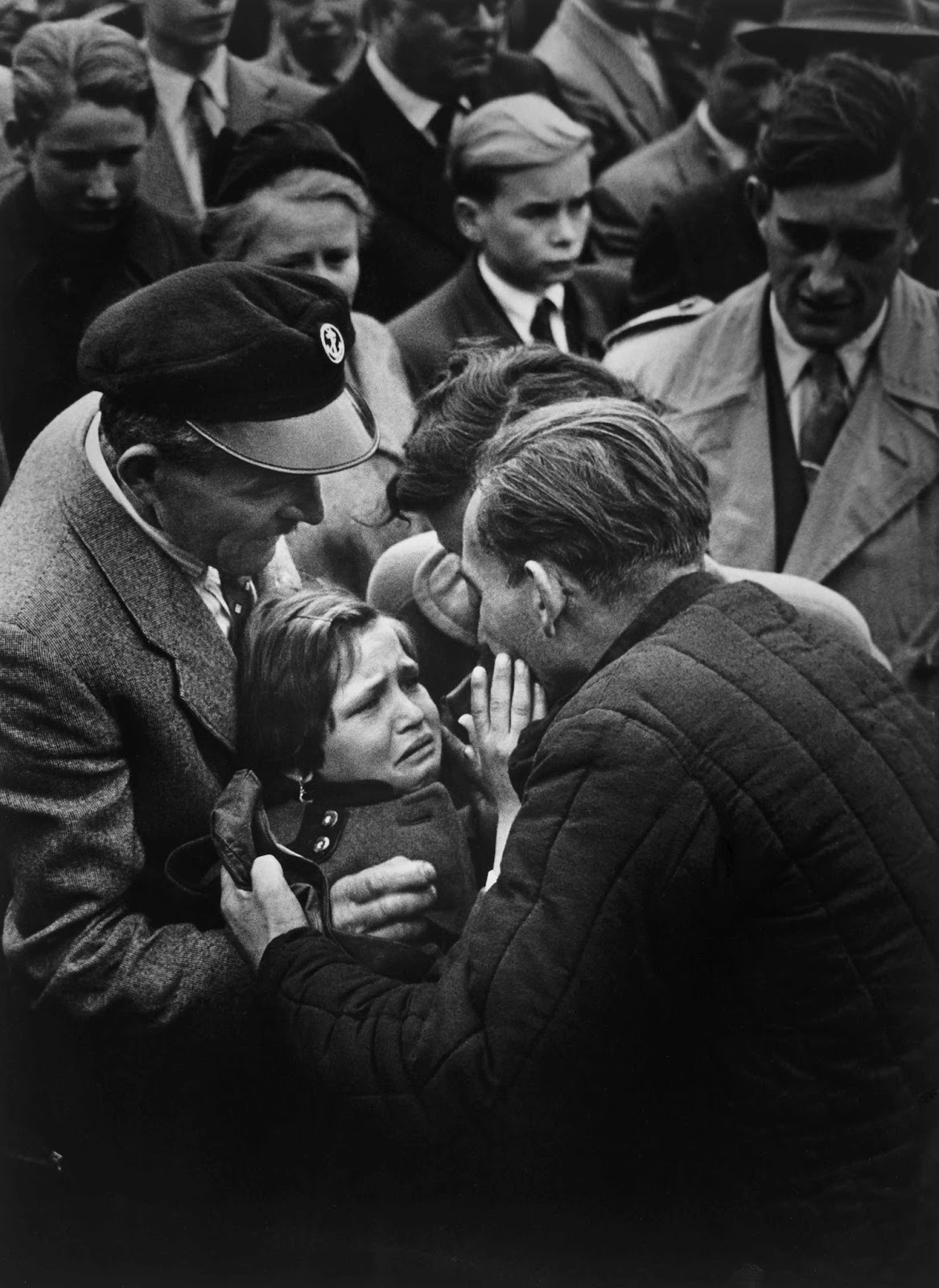
Karl Wawrzinek’s story is one of the thousands that emerged after World War II when German soldiers were captured and held in Soviet camps. Karl was taken by the Soviets in 1945 and spent more than a decade in captivity.
During that time, his daughter, Roswitha, grew up without knowing her father. His reunion with Roswitha took place at the Friedland transit camp.

The photo is powerful in its emotion—Karl hugs his daughter with both relief and sadness, while Roswitha’s tearful face shows a mix of happiness and uncertainty.
They are surrounded by people, but it’s a very personal moment in the middle of a larger historical event.
The historical context of “Die Heimkehr der Zehntausend”
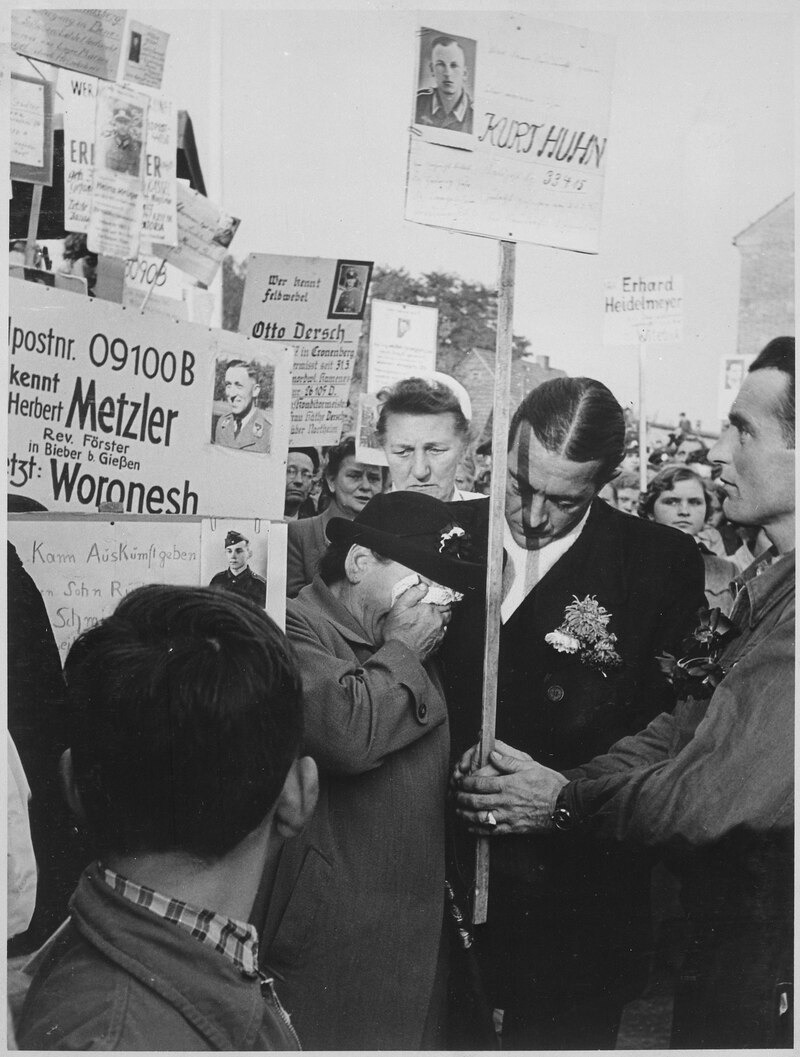
The reunion between Karl and his daughter was part of a broader event known as “Die Heimkehr der Zehntausend” (The Return of the 10,000).
This was the name given to the release of the last group of German prisoners of war from Soviet labor camps in 1956. These soldiers had been held captive since the end of World War II, spending over a decade in Soviet prisons.
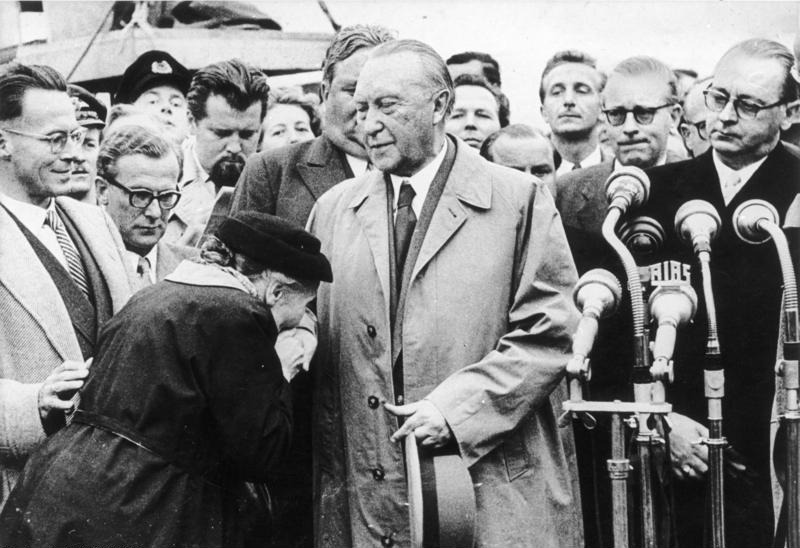
This mass release was made possible due to a diplomatic breakthrough between West Germany and the Soviet Union. West German Chancellor Konrad Adenauer visited Moscow in the fall of 1955 and successfully negotiated the release of around 10,000 German POWs.
In exchange, West Germany agreed to establish formal diplomatic relations with the Soviet Union, a significant move in the Cold War context.
The transit camp of Friedland: A gateway for homecomings
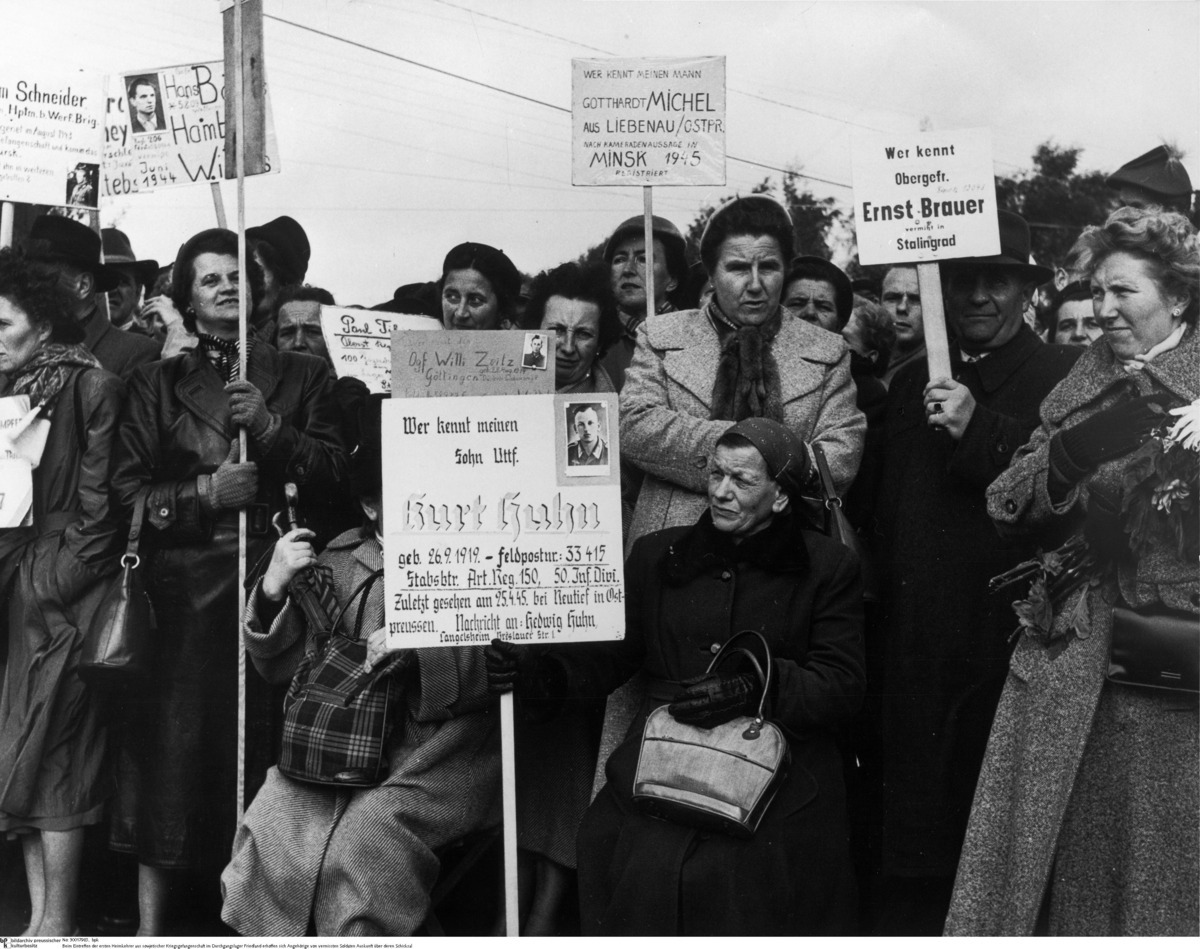
The Grenzdurchgangslager Friedland, where Karl Wawrzinek was reunited with his daughter, played a key role after the war.
Established in 1945, Friedland became the main place where returning soldiers, refugees, and displaced people were processed. Located in Lower Saxony, near the East German border, it symbolized hope for many families waiting for their loved ones to return.
By the time Karl arrived, Friedland had already helped bring hundreds of thousands of people home. The camp provided practical help for returning prisoners of war, along with emotional support.
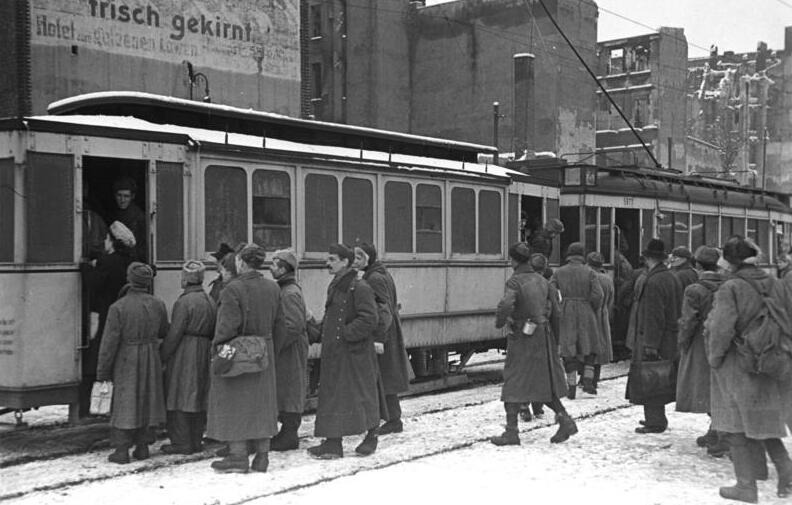
Families who had spent years without any news would gather there, hoping to see their father, husband, or son again.
Reunions at Friedland were often bittersweet. While many were happy to be together again, the long years of separation created emotional and physical distance that took time to heal.
For Karl and Roswitha, their reunion was full of emotions, but it was also the start of a new journey as they worked to rebuild their relationship.

